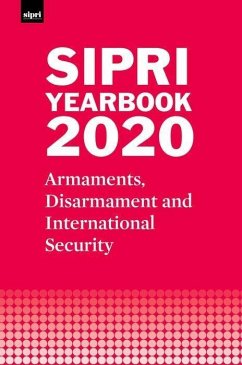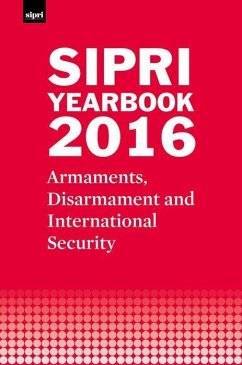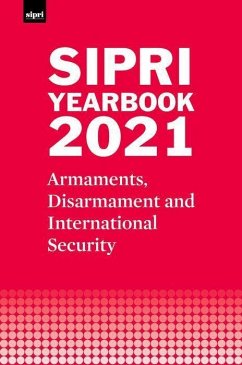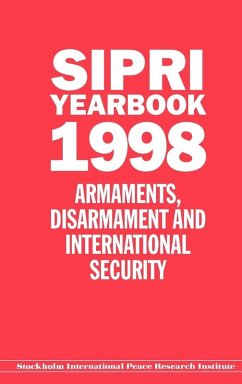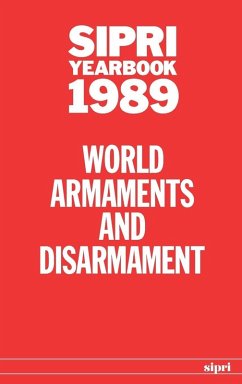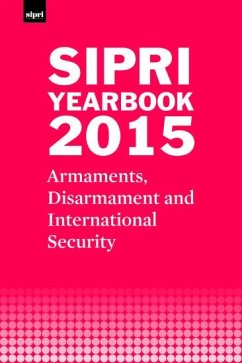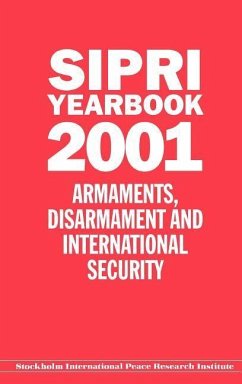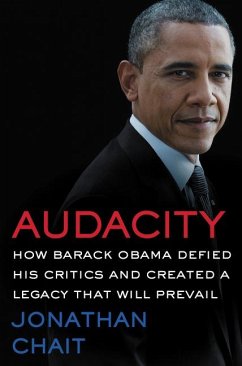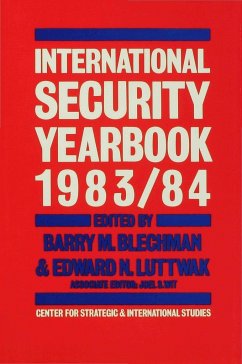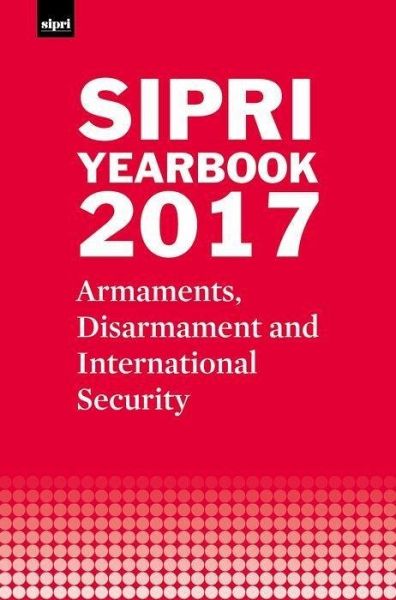
Sipri Yearbook 2017
Armaments, Disarmament and International Security
Versandkostenfrei!
Versandfertig in über 4 Wochen
179,99 €
inkl. MwSt.

PAYBACK Punkte
90 °P sammeln!
The 48th edition of the SIPRI Yearbook analyses developments in 2016 in: -Security and conflicts -Military spending and armaments -Non-proliferation, arms control and disarmament The SIPRI Yearbook contains extensive annexes on the implementation of arms control and disarmament agreements and a chronology of events during the year in the area of security and arms control.



